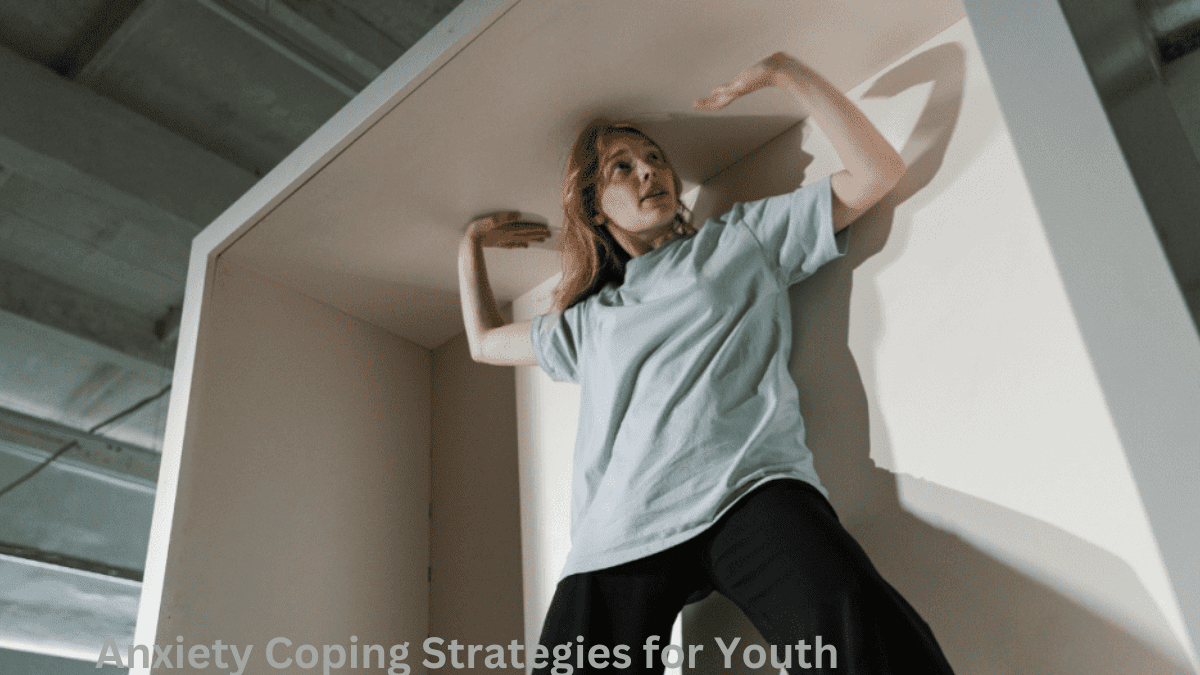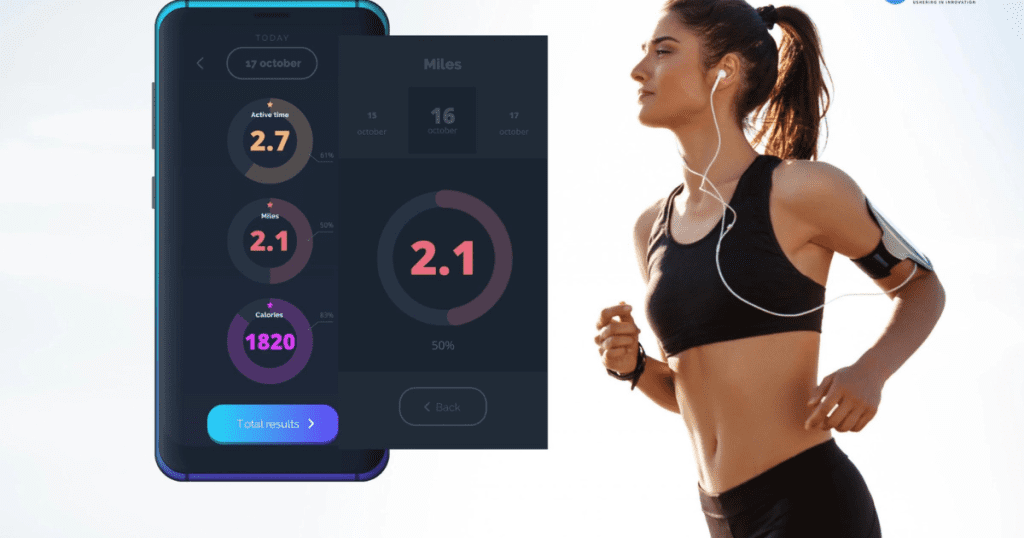Contents
- 1 Understanding Anxiety in Youth
- 2 Identifying Signs of Anxiety in Youth
- 3 Open Communication: The Foundation for Support
- 4 Consistency in Routine: A Source of Security
- 5 Nurturing Resilience through Knowledge
- 6 1. Educational Resources and Books
- 7 Professional Support: Knowing When to Seek Guidance
- 8 2. Licensed Mental Health Practitioners
- 9 A Holistic Approach to Youth Anxiety Management
Understanding Anxiety in Youth
In today’s fast-paced world, where children and teenagers face various stressors, understanding anxiety in youth is paramount. Recognizing the signs early on enables parents and guardians to provide effective support and tailor coping strategies for their unique needs.
Identifying Signs of Anxiety in Youth
- Behavioral Shifts in 10-Year-Olds: Exploring anxiety coping skills for 10-year-olds demands a keen observation of behavioral changes. A sudden withdrawal, changes in sleep patterns, or increased irritability may indicate underlying anxiety that needs attention.
- Navigating Anxiety at School: Strategies to deal with anxiety at school for teenagers are critical for their academic and emotional well-being. The pressure to perform, social dynamics, and transitioning to new environments can contribute to heightened anxiety levels.
Open Communication: The Foundation for Support
Establishing open communication lays the groundwork for effective support in youth dealing with anxiety. It creates a safe space for them to express their feelings and fosters a sense of understanding and connection.
1. Active Listening and Validation
- Techniques to help a teenager with anxiety and depression involve active listening and validating their emotions. Actively engage in conversations, and let them know their feelings are acknowledged and accepted.
- How to help a teenager with anxiety PDF: A downloadable guide for comprehensive support. This resource provides additional insights and practical tips.
2. Encouraging Emotional Expression
- Facilitating ways for teenagers to express their anxiety is vital. Encourage journaling, art, or other creative outlets to help them articulate their feelings.
- Coping strategies for anxiety for high school students: Tailoring approaches to suit the high school environment. This link provides specific strategies applicable to high school settings.
Building the Toolbox: Practical Coping Strategies
Arming youth with a toolbox of coping strategies is essential for managing anxiety in various situations. These strategies empower them to navigate challenges and build resilience.
1. Deep Breathing Techniques for Kids
- Age-appropriate deep breathing exercises for kids can be effective in calming their nerves. Teach them to “breathe the rainbow,” matching each color to their favorite things.
- Exploring the 5 ways to deal with anxiety for a holistic approach. This section provides a broader perspective on anxiety management.
2. Creative Outlets and Worksheets
- Incorporating creative outlets and worksheets as coping skills for kids allows them to express themselves in a structured manner. Consider using an anxiety coping skills for kids worksheet for practical engagement.
Consistency in Routine: A Source of Security
Consistency and routine play a pivotal role in providing a sense of security for youth dealing with anxiety. Establishing predictable patterns helps create stability in their lives.
1. Morning and Bedtime Rituals
- Crafting calming rituals for mornings and bedtime establishes a comforting routine. These rituals can include gentle exercises, positive affirmations, or a calming bedtime story.
- Implementing routine strategies to deal with anxiety at school for teenagers ensures they have a stable foundation to face daily challenges.
2. Structured Study and Play Times
- Implementing structured study and play times for a balanced routine fosters a sense of order. Consistency in daily activities contributes to a more predictable and less stressful environment.
- How to deal with anxiety at school for teenagers: A comprehensive guide tailored to the challenges of the school environment.
Engaging Distractions: Fun and Effective Techniques
Distraction can be a powerful tool in redirecting a youth’s focus away from anxious thoughts. Engaging activities help shift their attention to positive and enjoyable experiences.
1. Engaging Creative Arts
- Encouraging artistic expression through creative arts provides a constructive outlet for emotions. Activities like drawing, painting, or playing a musical instrument can be therapeutic.
- Coping strategies for anxiety for high school students: Integrating creativity into daily routines enhances the effectiveness of these strategies.
2. Outdoor Play and Exercise
- Emphasizing the role of outdoor play and exercise in anxiety management. Physical activity releases endorphins, contributing to improved mood and overall well-being.
- 5 ways to deal with anxiety: Including physical activity for a holistic approach. This section delves into the significance of exercise in anxiety coping strategies.
Nurturing Resilience through Knowledge
Empowering youth with knowledge about anxiety equips them with tools to understand and navigate their emotions effectively. Educational resources and insightful books can contribute to this empowerment.
1. Educational Resources and Books
- Introducing educational resources and books for a deeper understanding of anxiety. Resources that explain anxiety in an age-appropriate manner can demystify the emotions of youth.
- How to help a teenager with anxiety and panic attacks: Strategies and resources for dealing specifically with panic attacks. This link provides additional guidance for both parents and teenagers.
2. Online Support Communities
- Exploring online support communities for youth dealing with anxiety. Virtual platforms offer a space for sharing experiences, seeking advice, and fostering a sense of community.
- How to help a teenager with anxiety and depression: Connecting through virtual platforms. This resource emphasizes the importance of online communities in providing support.
Professional Support: Knowing When to Seek Guidance
While parental support is invaluable, recognizing when professional intervention is necessary is crucial. Vigilance for persistent signs and consulting licensed mental health practitioners are essential steps.
1. Vigilance for Persistent Signs
- Being vigilant for persistent signs that may require professional intervention. If anxiety significantly impacts daily functioning, seeking professional guidance is essential.
- 5 ways to deal with anxiety: When to seek professional guidance. This section outlines indicators that suggest it’s time to consult a mental health professional.
2. Licensed Mental Health Practitioners
- Consulting licensed mental health practitioners for specialized support. These professionals possess the expertise to assess and address the unique needs of youth dealing with anxiety.
- How to help a teenager with anxiety PDF: Supplementing professional guidance. This resource reinforces the importance of combining parental support with professional expertise.
A Holistic Approach to Youth Anxiety Management
In conclusion, mastering anxiety coping strategies for youth demands a holistic approach. Tailored techniques, open communication, consistency in routines, engaging distractions, knowledge empowerment, and professional support collectively form a robust framework for youth dealing with anxiety.
Note: This guide is intended for informational purposes only and does not replace professional medical advice. If you have concerns about your child’s mental health, consult with a qualified healthcare professional.
What are coping strategies for youth anxiety?
: Coping strategies for youth anxiety encompass a range of techniques to help young individuals manage and navigate their emotions. These strategies may include active communication, relaxation techniques, engaging distractions, and fostering routines that provide a sense of security. Each youth may respond differently, so it’s essential to explore various methods to find what works best for the individual.
: What are the 3-3-3 rules for anxiety?
The 3-3-3 rule is a simple yet effective technique to manage anxiety. It involves identifying and acknowledging three things you see, three things you hear, and then moving three parts of your body. This method helps shift the focus away from anxious thoughts and brings attention to the immediate surroundings, promoting a sense of grounding and control.
What are 3 coping strategies for anxiety?
Three effective coping strategies for anxiety include deep breathing exercises, creative outlets, and structured routines. Deep breathing helps regulate emotions, creative outlets such as art or music provide an expressive channel, and structured routines create a predictable environment that contributes to anxiety management.
: What are 5 helpful methods to deal with anxiety?
Five helpful methods to deal with anxiety include:
Deep Breathing: Incorporate slow and intentional breathing exercises.
Engaging Distractions: Utilize creative activities or outdoor play to shift focus.
Routine Building: Establish consistent routines for stability.
Educational Empowerment: Equip individuals with knowledge about anxiety through resources and books.
Professional Support: Know when to seek guidance from licensed mental health practitioners for specialized assistance.
These methods collectively form a comprehensive approach to effectively deal with and manage anxiety in various situations.
Top of Form




